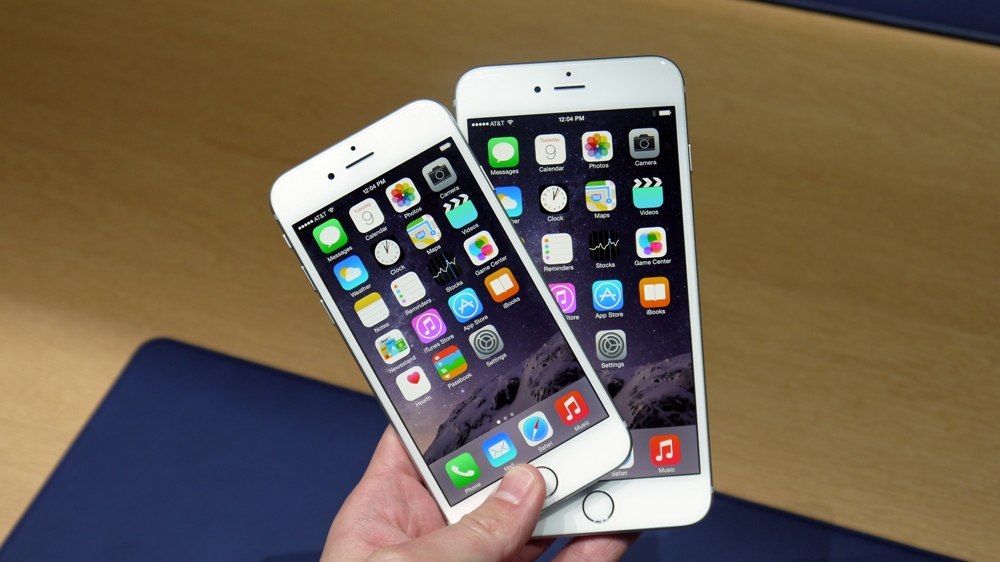
iPhone 6s flickering gray bar and touch issues
If your iPhone 6 or iPhone 6 Plus stopped responding to touch, you’re not alone. Many iPhone users are reporting the loss of touch combined with a strange flickering gray bar at the top of the display.
The problem has been around since the launch of the phone, but didn’t manifest until recently because the phones are getting older, according to a recent report from iFixit. It’s being called “Touch Disease” because it has become such a widespread problem.
iPhone 6 “Touch Disease” is said to stem from Apple’s design of its logic board for this particular phone. This board is home to most of the circuits that make your iPhone work, including the processor, storage, and touch controllers.
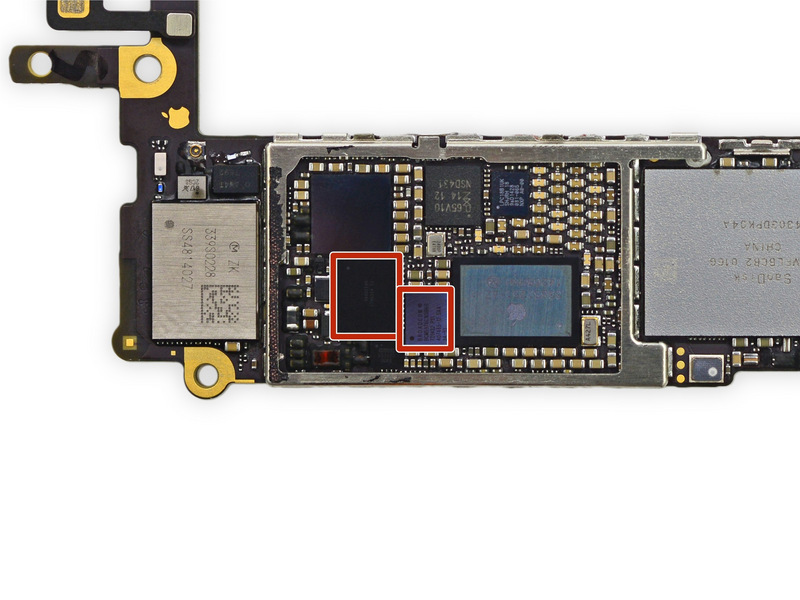
Over time, shock from normal use or drops slowly strain the connectors on the two integrated circuits (IC) that control touch on the iPhone 6 and 6 Plus. Once the ICs become disconnected, touch becomes intermittent or stops working completely, often accompanied by a gray flickering bar at the top of the screen.
So why is this happen only to the iPhone 6 and 6 Plus? Apple didn’t use a substance called “underfill” to help support the touch ICs, according to independent repair specialists like Jessa Jones of iPad Rehab and Louis RossmannThe reason we haven’t seen this in older handsets is because Apple has used in previous iPhone models.
This underfill works like a glue that helps mount the circuits to the board and also helps absorb impacts. Without this underfill, the touch circuits tend to flex and strain their connectors, eventually disconnecting from the logic board.
Additionally, Jones and Rossmann both point to the fact that Apple also decided not to put a metal shield over the touch circuits, which would have prevented the logic board from flexing. Instead, the company simply put a sticker over part of the iPhone 6 logic board where the touch controllers reside.
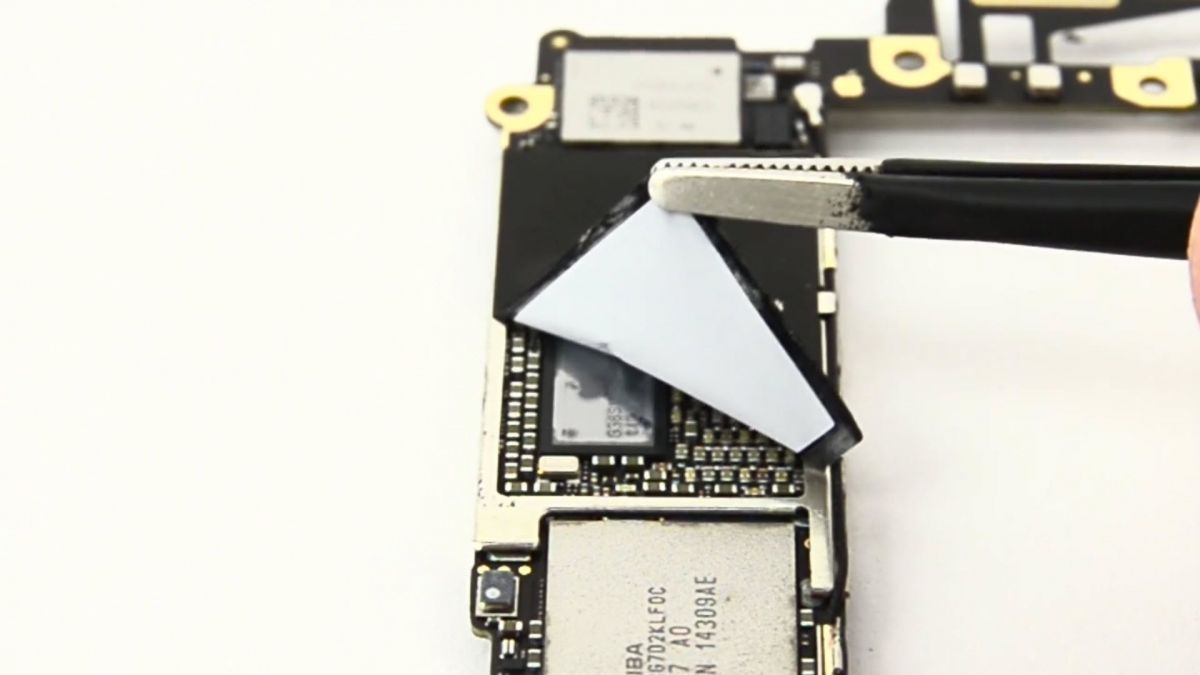
All of these factors, combined with the fact that the iPhone 6 and 6 Plus were prone to bending, has resulted in many iPhone users stuck with unresponsive phones.
The fix for gray flickering and unresponsive touch
Apple has yet to acknowledge the fact that Touch Disease is a known issue on its phones, leading to users seeking out independent repair shops to fix their phones. Since the iPhone 6 and 6 Plus are now out of warranty, Apple only offers customers the option to purchase a new phone.
Independent shops like iPad Rehab offer to fix the issue for less than what Apple charges for a new phone. iPad Rehab actually replaces the touch controller circuits with new ones and goes as far as to put their own metal shield around the circuits to prevent flex.
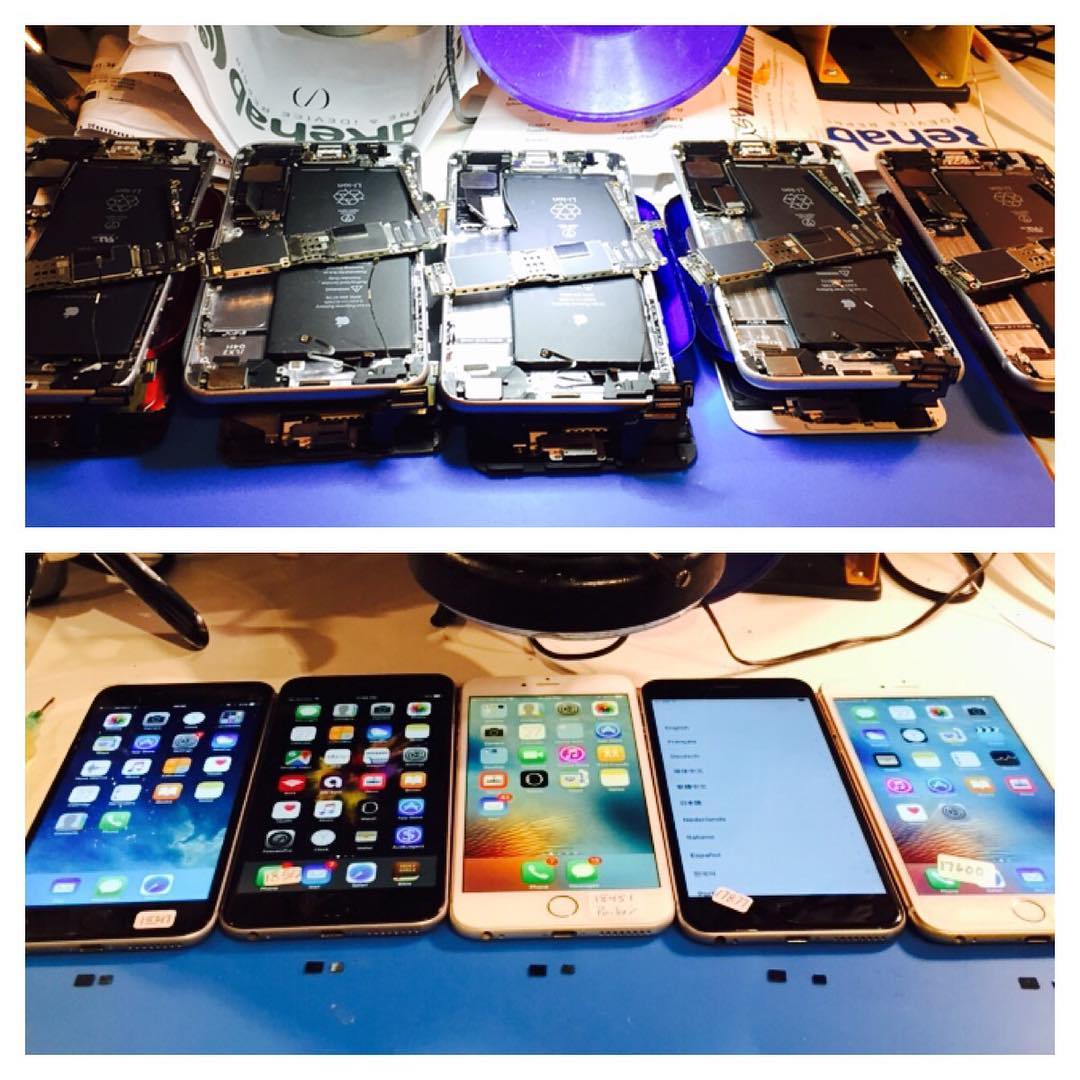
This problem is unique to the iPhone 6 and 6 Plus, as Apple has previously designed iPhones with rigid metal shields covering the entire logic board, like that found in the iPhone 5s. Apple’s current phones, the iPhone 6S and 6S Plus don’t suffer from this issue either, as Apple strengthened the weak points of the case and moved the touch controllers from the logic board to the display assembly, which is less prone to flex. It’s unknown why Apple decided not to put a metal shield over the iPhone 6 logic board.
Some users have “fixed” the issue by putting pressure on the screen so that the touch controllers would make contact with the logic board again. But this is only a temporary solution, as the touch circuits could be damaged, not just their connections.
The only foolproof solution for iPhone users plagued by Touch Disease is to buy a new phone or to reach out to independent repair shops to replace and reinforce the touch circuits, neither of which is an ideal solution.
A known issue
Many users have taken to Apple’s support forums to discuss the issue, but the company has yet to provide an official response. There are pages and pages of users reporting on the same unresponsive touch issue. Apple didn’t return our request for comment at the time of writing.
Jones claims she has been banned three separate times for speaking about the issue on Apple’s support forums. Others have had their posts censored by Apple’s moderators.
“People often bring us a screen problem that isn’t really a screen problem,” said Ed Varga of iPhone Repair SF. “It’s hard to catch this particular issue but we’ve seen it for a few months now.”
Varga has seen a few phones brought into his shop with the same touch issue over the last few weeks.
“My theory is that the iPhone 6 is prone to bending, resulting in problems with the touchscreen and network connectivity. I’ve seen phones have trouble connecting to the network but would work again after twisting it,” said Varga. “I think [the iPhone 6 Plus] is not a very durable phone compared to other models.”
Like many other small phone repair shops, iPhone Repair SF turns away customers who have logic board issues. “It’s just not time efficient for us to do it,” said Varga, whose shop makes most of its money on screen repairs.
While there are independent repair shops that can replace the touch circuits, they’re extremely difficult to find and require talented technicians who can perform the phone equivalent of open heart surgery.
For iPhone users facing this issue, it’s a tough decision: either buy a new phone or seek out a repair shop that can fix it. But buying a new phone is expensive and seeking out a repair shop that can fix it can take days or weeks.
Rossmann thinks Apple should acknowledge that “Touch Disease” is a problem, and to offer an extended warranty to its affected customers. However, that’s unlikely to happen unless droves of customers publicly call Apple out for the problem.
In the past, Apple faced a class action lawsuit for not acknowledging a persistent graphics issues on its MacBook Pro laptops. It also faced another lawsuit for “Error 53,” which locked iPhone users out of their devices after replacing parts like the screen, flex cable, and Home button.
“Touch Disease” will likely continue to plague users, as their iPhone 6 and 6 Plus models become older and more susceptible to broken touch controllers. There’s no easy fix for Apple, as it would likely have to redesign and remanufacture the logic boards for the iPhone 6 models and recall the affected phones.
Source: techradar.com








































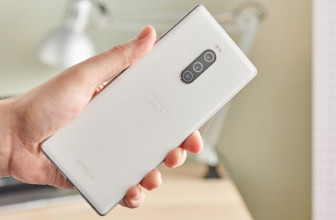
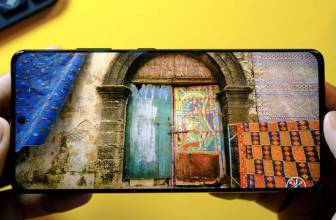
I don't think all iphone 6s are out of warranty. Surely Apple is still selling them.
You should sell it before that one gives you problems as well.
As far as switching goes, Samsung devices are very durable and quite impressive but if fast updates are your thing then Googles pure Android Nexus phones are for you. They to have better cameras than iPhones now.
How long before they wheel old Timmy out to tell us that only 9 actually have the problem (despite the internet being full of complaints to the contrary)…?
Don't forget Screengate. rMBP's with the screen film wearing off. I had that one. They replaced the screens once the class action lawsuit started.
I am on my 3rd iPhone 6 Plus. 3 in one year. First iPhone 6 Plus in February of 2015, 2nd in November and 3rd in February of 2016. They were always in immaculate shape. Have never been bent in my pocket, etc. As a Graphic Designer, I love, love, love my Mac computers but their phones suck! I will probably switch to Samsung. And…compared to Samsung, the cameras suck too.